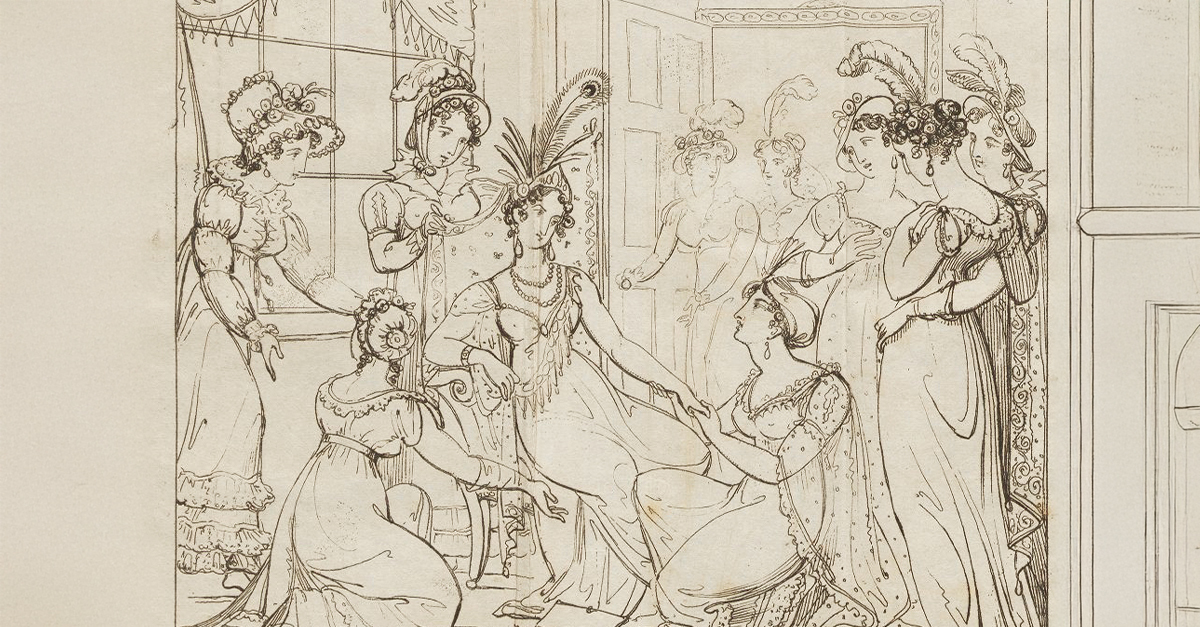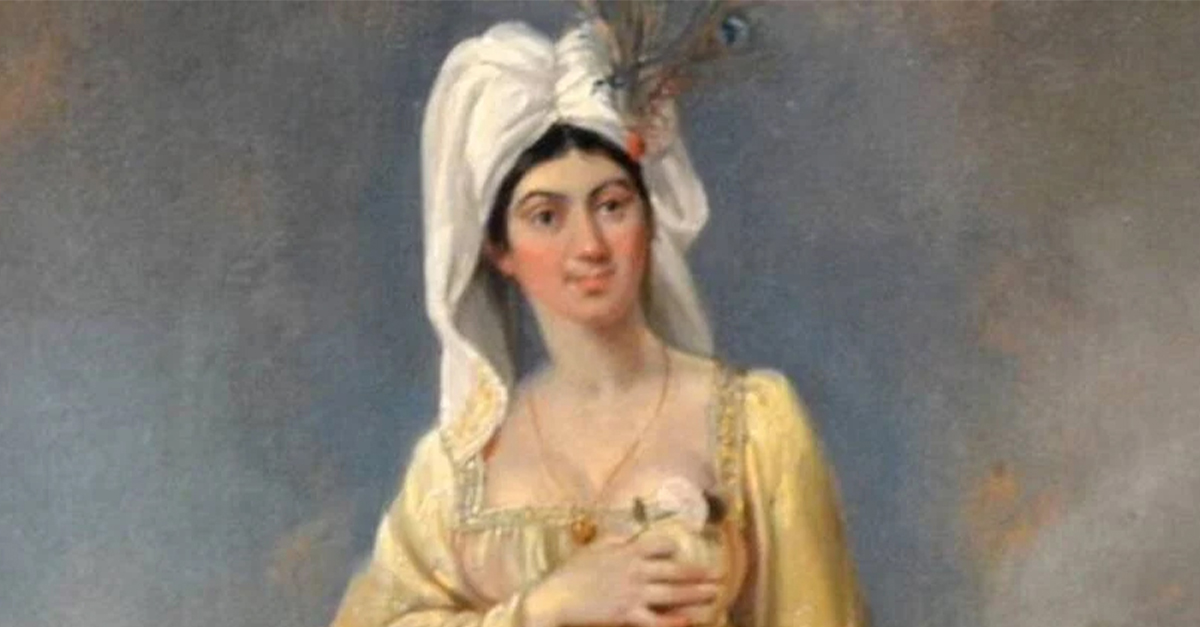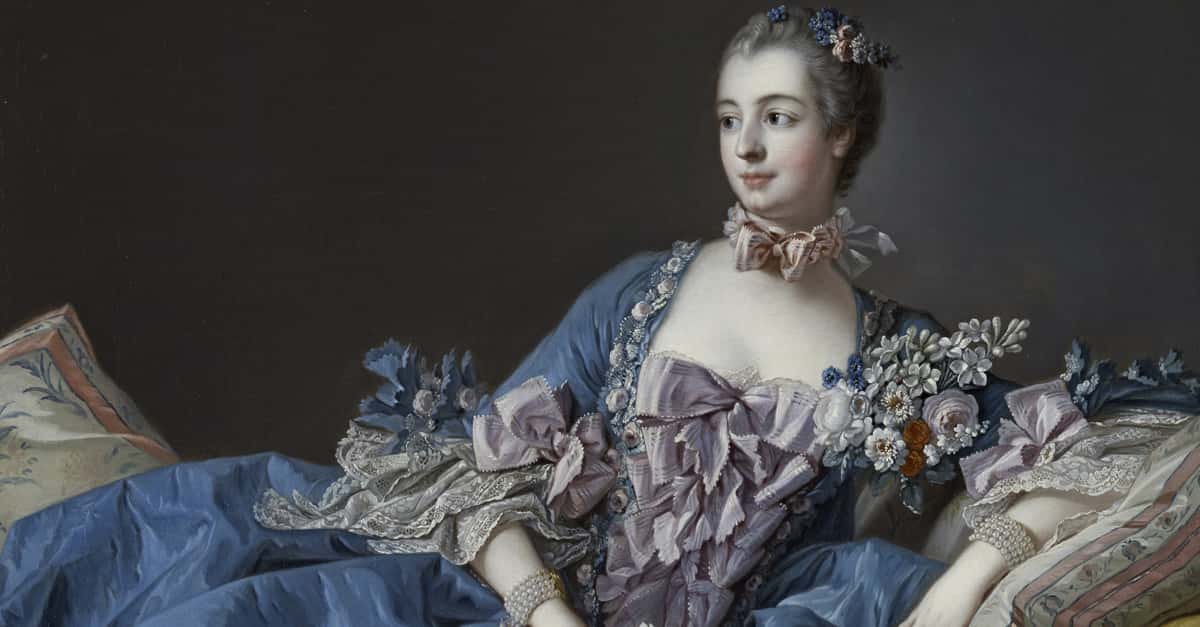In the spring of 1817, a mysterious woman in exotic clothes wandered into the English countryside and took everyone by surprise. Claiming to be a foreign princess, she charmed everyone with her language, strange clothing, and regal bearing. But “Princess Caraboo” was no royal at all—she was a clever imposter.
The Arrival of a “Princess”
It started when a young woman showed up in the village of Almondsbury in Gloucestershire, England. Barefoot, dressed in a black turban and long black shawl, she spoke a language no one recognized. Unable to communicate with anyone and obviously agitated, she was taken in by the local magistrate, Samuel Worrall and his sympathetic wife.
A Fantastic Tale
Despite the language barrier, the woman made odd gestures and drew strange symbols, which only fueled speculation even more. At last, with the help of a Portuguese sailor who claimed to understand her, a wild tale emerged: she was Princess Caraboo of Javasu, a distant island in the Indian Ocean. She’d been kidnapped by pirates but had bravely escaped by jumping overboard and swimming to safety. Pirates were a common hazard of the era, and the woman's story caught on.
The High Society Sensation
At first the English gentry were captivated by the mysterious visitor. The Worralls, impressed with her beauty and grace, welcomed her into their home. Newspapers spread the story of the exotic princess. Locals and nobles alike came to visit her, enchanted by her regal demeanor and oddball habits. She was given fine clothes, portraits were painted of her, and the press couldn’t get enough of the mysterious visitor. People in the 1800s were just as fascinated by royalty as they are now, and Princess Caraboo became a full-blown celebrity.
The Truth is Revealed
But the spell didn’t last. A boarding house owner from Bristol recognized the woman from a newspaper sketch as one of her former tenants and revealed her true identity. It turned out that the “Princess” was Mary Wilcox, a cobbler’s daughter from Devon. She was no royal—just a young woman with a vivid imagination and a talent for theatrics.
 Houghton Library, Harvard University, Wikimedia Commons
Houghton Library, Harvard University, Wikimedia Commons
A Self-Trained Imposter
Meanwhile, Oxford scholars had analyzed her foreign writings and dismissed them as “a humbug language”—basically a joke. Mary had invented the language herself and studied various foreign customs by reading books. Her story was an elaborate fiction, acted out with remarkable confidence and flair. Once exposed, many of her admirers felt duped—others, surprisingly, were impressed by her nerve and creativity.
From Imposter to Folk Hero
Now that the public knew the truth, Mary’s charm won people over again. The public, including the Worralls, forgave her. She wasn’t prosecuted for fraud, likely because she hadn’t stolen anything or signed any false documents. Her only crime was deception—as hoaxes go, it was a fairly harmless, even entertaining affair.
A Brief Career
Mary’s story then took some unexpected turns. She traveled to the United States where she attempted to revive her persona, performing as Princess Caraboo on stage. After a few years, she returned to England and faded from the public eye. She married a man named Robert Baker, worked modest jobs, and sold leeches to a local hospital (a common medical practice at the time). She passed in 1864 and was buried in an unmarked grave in a cemetery in Bristol.

Why Her Story Endures
Princess Caraboo’s tale has fascinated people for two centuries. She’s inspired books, plays, and even a 1994 film starring Phoebe Cates. Her story taps into the allure of mystery, the power of performance, and the deep human desire to believe in something extraordinary—even when they should know better.
Stories Too Good To Be True
More than anything, Caraboo’s story is a reminder of how social perception and appearances can be manipulated, especially when people want to be fooled. In a world fascinated by the exotic and the unknown, Mary Wilcox saw an opportunity—and took it. In the process she became a part of the lore of England.

History's most fascinating stories and darkest secrets, delivered to your inbox daily.
Conclusion: A Royal Legacy of Deception
Princess Caraboo’s deception wasn’t driven by malice, but by the desire to escape the drudgery of poverty in 19th-century England. Her story isn’t just about a hoax, but about class identity, imagination, and the blurred line between fact and fiction. And for a brief moment, a shoemaker’s daughter became a princess in the eyes of the world.
You May Also Like:
Terrifying Facts About Frederic Bourdin, The King Of Imposters
Desperate Facts About Princess Sophia, The Royal Secret-Keeper
Glamorous Facts About The Countess Of Castiglione, The First Model












